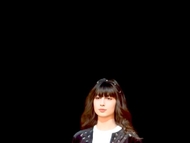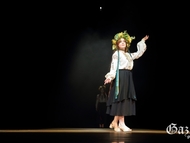This year marks the 120th anniversary of our university. Keimyung has been growing for more than a century. Keimyung’s spirit and values were established by Woodbridge O, Johnson as a Jaejungwon, the origin of Keimyung University Dongsan Hospital, in 1899. The hospital had been started tot each with new health education, medical services and the soul of Christianity by American missionaries. Moreover, Jaejungwon was established to care for the region, serve the community and nurture young talent.
Rev. Edward Adams (also known by his Korean name An Duhwa), representing the American presbyterian mission, along with Rev. Choi Jaehwa, Rev. Kang Ingu and other leaders ofK orean Presbyterian churches organized an ad hoc committee for the establishment of Keimyung Christian College in 1953. The establishment of Keimyung Christian Educational Institutew as authorized in 1954 and the school was elevated to a university in 1978. The Department of English Language and Literature and the Department of Philosophy were the first twod epartments, and now there are 38 departments and 56 majors with more than 23,000 students including international students.
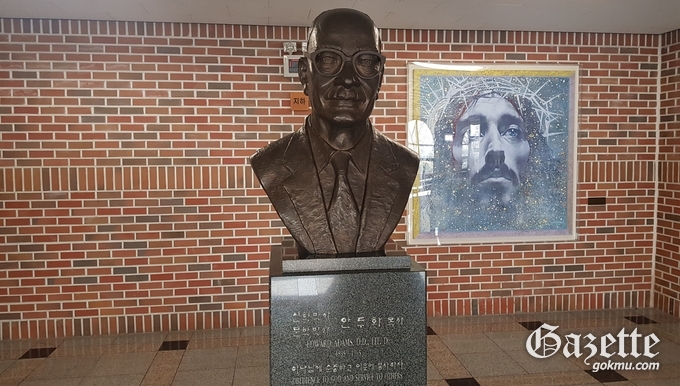
Keimyung’s Symbols for120 years
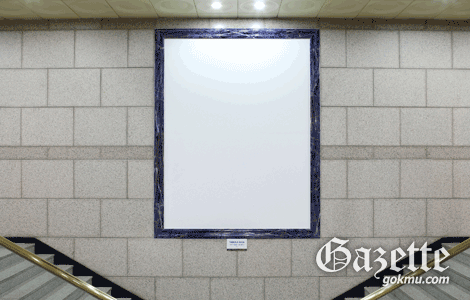
· TabulaRasa, Keimyung’sPortrait
When the main hall of Seongseo campus was dedicated, founding members wanted a symbolic mural but couldn’t choose the right image. A few days later, whena British scholar-administrator visited, one of the membersa sked him how long it would take for KMU to become an authentic higher educational institution. He said with as mile that it would take about 100 years at least. According to his answer, we seem to need to celebrate several more jubilees before realizing our true nature and future. Until then, until we have our own face, our portrait will remain blank, a Tabula Rasa.
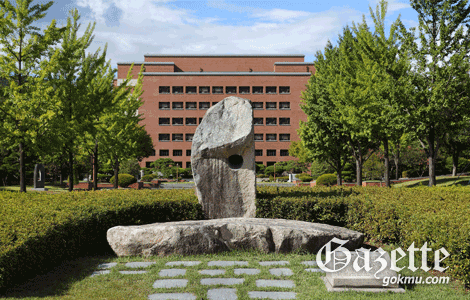
· The Keimyung Image
Keimyung has revered 10 ontological realities and 10 existential values. The realities are: I, You, Keimyung,N eighbor, Korea, Humanity, Nature, Church, Christ and God. The values are: Truth, Justice, Love, Community,S cholarship, Excellence, Ethics, Services, Grace and Salvation. These realities and values are craved on the stoner epresenting Keimyung’s book in 10 languages: Korean, Chinese, Japanese, English, Dutch, French, Russian, Latin, Greek, and Hebrew. On the upper part of the stone, the first verse of the Old Testament (“In the beginning God created the heaven and the earth.”) is inscribed, and on the lower part, the last verse of the New Testament (“The grace of the Lord Jesus be with you all.”) is inscribed. This means the stone reflects the principles of the founding of the University, its educational precept and its educational objectives.
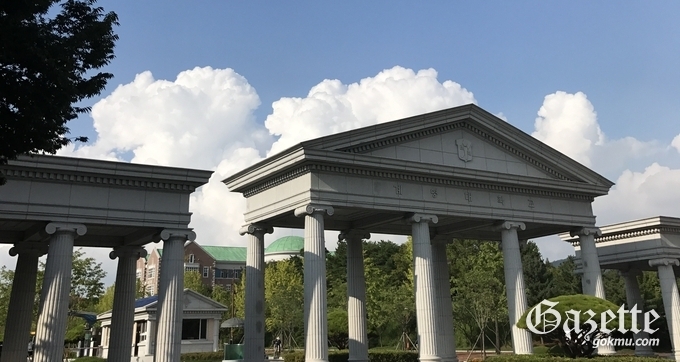
· The main gate of Seongseo Campus
The main gate consists of three structures. They meant he triune God, the most crucial doctrines of Christianity. The educational precept of Keimyung is Truth, Justice and Love as well. There are two rows of twelve Ionic columns. While the front ones represent twelve apostles of Jesus, the rear ones mean apostles of Jesus’ apostles who have lived following Christ today. It is the way to the Kingdom of Truth, Justice and Love.
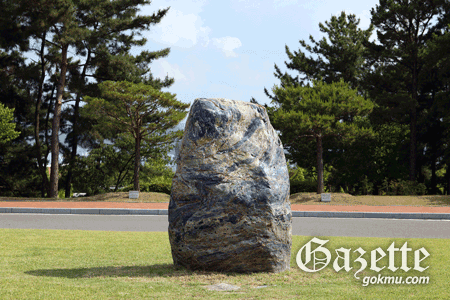
· LAPIS-LAZULI
Most students know that our school’s color is blue ass een on the badge and emblem. The stone, called LAPIS-L AZULI, in front of the main hall may be the reason. Lapis lazuli is a semiprecious stone which has been loved by humans throughout history. It is considered a holys tone because the unique patterns in the blue color lookl ike cosmic truth. Moreover, it is known as the stone the Ten Commandments were written on. The blue reaches forward “For the Kingdom of Truth, Justice and Love”, Keimyung’s educational precept and its will that searching and realizing ultimate human values in the various rapid changes of international society.
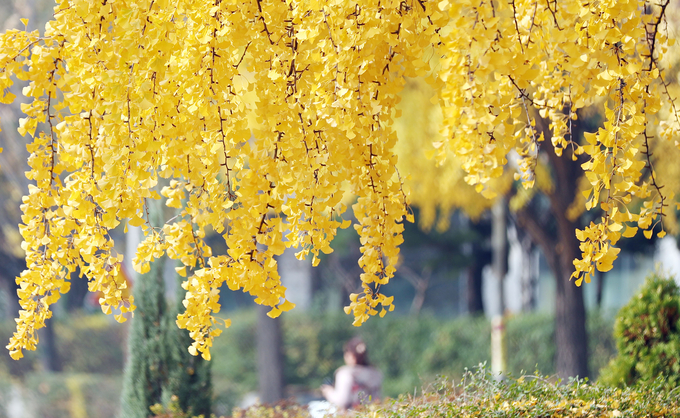
· Gingko tree and Flower of Chionanthusretusa
The gingko tree and flower of chionanthus retusa areo ur school’s symbolic tree and flower. Gingko is knowna s the tree which has the longest life. In addition, it hase xisted for more than 200 million years, longer than any other tree. Goethe said a split leaf of gingko means harmony of the East and the West and is a symbol of peacefula nd lively combination between confrontational value and aspect.
In early summer, campus streets look like they are covered in snow. The snow is actually small, white flowersf rom Chionanthus retusus. This plant is not known to Korean people well. However, chionanthus used to symbolize Korean joys and sorrows. The Korean name ofc hionanthus, Ibap, means white rice named for the flowerl ooks like a grain of rice. Korean ancestors wished theyh ad an affluent life, but they didn’t because rice was toop recious. Because of this, they deeply resented the chionanthus which resembles rice. The reason Keimyung chose the chionanthus as our flower is all members of Keimyung will be beautiful, pure and talented like the chionanthus.
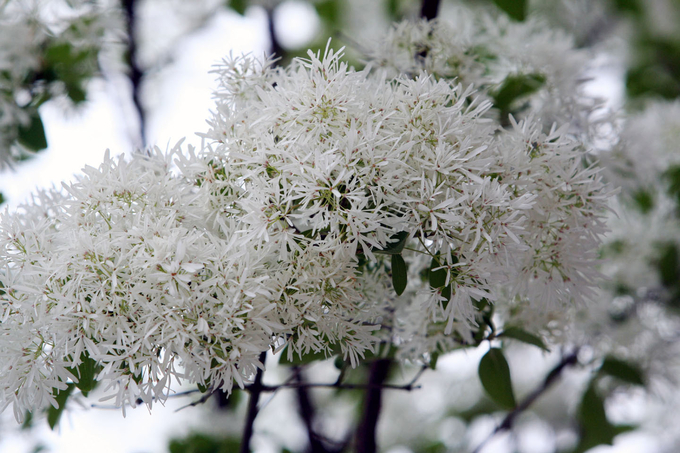
As mentioned earlier, gingko and chionanthus represent our school. Like them, our students will bring harmony and long-lived talent to the world for a long time.
Celebrating the 120th anniversary, there will be many events on campus. Through them, encourage affection for our university.



